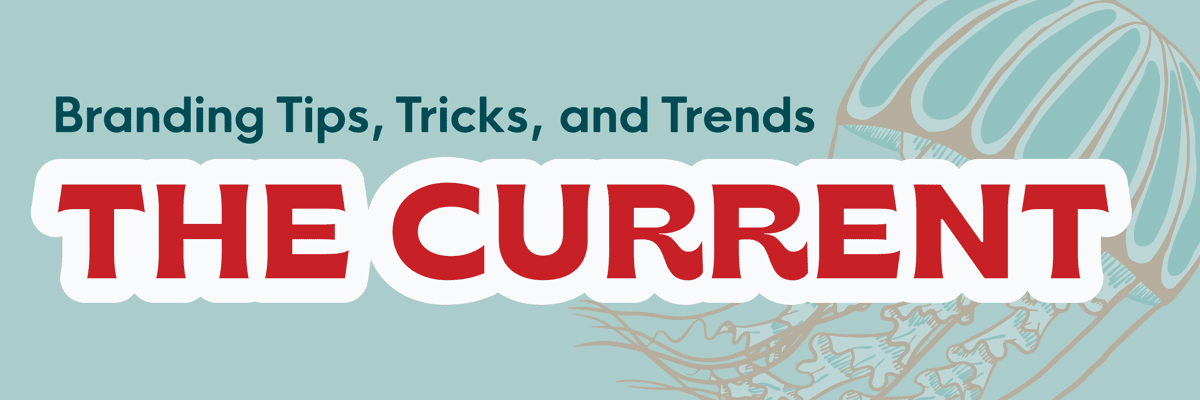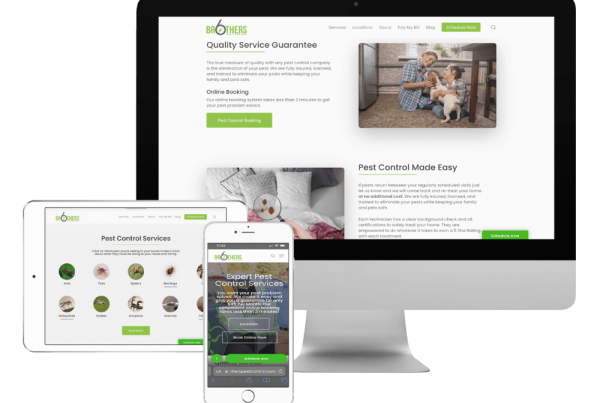What is Alt Text?
If you were to look up the definition of alt text right now, you would likely get something along the lines of, “the alt attribute is the HTML attribute used in HTML and XHTML documents to specify alternative text that is to be displayed in place of an element that cannot be rendered. The alt attribute is used for short descriptions, with longer descriptions using the longdesc attribute” (Source).
Let’s translate that into English: Alt text is the text that you see and/or hear in place of a visual image. Alt text is shown when an image is not loading properly, allowing individuals using a screen reader to know what the image depicts, and tells search engines to know as well when crawling a website.
So what does this have to do with you and your website? I will tell you!
Why is Alt Text Important?
Mentioned above there are a few main purposes of the alt text:
- Alt text allows users to know what is supposed to be displayed when an image fails to load.
- Alt text allows for accessibility features to work for people who may be visually or otherwise impaired.
- Alt text allows for search engines to discover and display your images in search results.
1. Failed Image Loading
Less crucial than numbers 2 and 3 above, but still important, alt text is needed on images so that in the event that there is an issue with an image loading users of your website can still see what was supposed to be displayed there. Consider this example:
2. Accessibility
Alt text is essential for ensuring all users can access your images. By providing alt text, you allow people using screen readers to access the information on your site from the images. This includes users with visual impairments. By taking this one simple step on your site you can boost your brand reputation, traffic, and conversion rates among these groups. Additionally, this is a great way to protect you, your website, and your company from potential lawsuits citing ADA Title III or WCAG Compliance issues. Amazing tools such as AccessiBe allow for your site to be ADA and WCAG compliant in many important ways, but they cannot write your image alt text for you.
3. SEO
Search engines, such as Google, use alt text to determine what is displayed in your images, and/or what they link to. When used properly, alt text can greatly improve these search engines’ understanding of your content, allowing for more users to find your content in search results, and overall help drive valuable traffic to your website! In addition to this, alt text is particularly helpful for image SEO—i.e., ranking high in Google Images and other image results.
At Big Red Jelly, we offer the service of writing the alt text on your website’s images as part of the Security, Accessibility, and Speed and SEO Foundations Chapters of our Grow Proven Process! If you would rather take your alt text into your own hands, but are not certain where to start, give our blog post, Best Practices for Alt Text & One Way To Use AI to Your Advantage, a read to get started!
Written by Hailey A. Arntson







